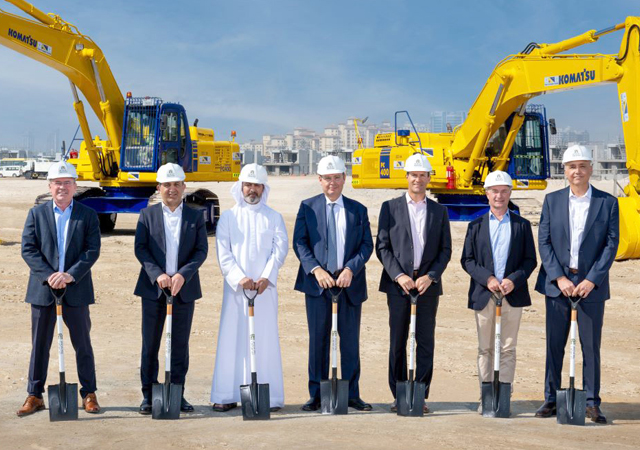
Ashrae (American Society of Heating, Refrigeration and Air-conditioning Engineers) – the international publishing, research and engineering organisation for the heating, ventilation, air-conditioning and refrigeration (HVAC&R) industry – has just released a CD which contains its 12 top-selling standards and guidelines available on one CD as well as textbook on HVAC&R design procedures and methods.
The CD entitled “Design Essentials: Ashrae’s Most Referenced Standards and Guidelines” contains a library of documents that can be easily searched and printed with copy-and-paste features for text and graphics. The standards and guidelines address design or system operations, and most are code-intended standards.
“Because Ashrae standards/guidelines often refer to requirements in other standards, our documents need to be used together in order to understand the means for compliance with any one of them. The Design Essentials CD is intended to make that process simpler for the user,” says Rick Hermans, chairman of Ashrae’s standards committee.
Hermans notes that the standards and guidelines included in the CD serve as the basis for HVAC&R design and some of them are referenced in building codes, and comprise:
• Ansi/Ashrae standard 15-2004, Safety Standard for Refrigeration Systems;
• Ansi/Ashrae Standard 34-2004, Designation and Safety Classification of Refrigerants;
• Ansi/Ashrae Standard 52.2-1999, Method of Testing General Ventilation Air-Cleaning Devices for Removal Efficiency by Particle Size;
• Ansi/Ashrae Standard 55-2004, Thermal Environmental Conditions for Human Occupancy;
• Ansi/Ashrae Standard 62.1-2004, Ventilation for Acceptable Indoor Air Quality;
• Ansi/Ashrae Standard 62.2-2004, Ventilation and Acceptable Indoor Air Quality in Low-Rise Residential Buildings;
• Ansi/Ashrae/Iesna Standard 90.1-2004, Energy Standard for Buildings except Low-Rise Residential Buildings (I-P edition);
• Ansi/Ashrae Standard 90.2-2004, Energy-Efficient Design of Low-Rise Residential Buildings;
• Ansi/Ashrae Standard 135-2004, BACnet, A Data Communication Protocol for Building Automation and Control Networks;
• Ashrae Guideline 0-2005, The Commissioning Process;
• Ashrae Guideline 1-1996, The HVAC Commissioning Process; and
• Ashrae Guideline 13-2000, Specifying Direct Digital Control System.
The cost of the single-user version CD is $499 ($429 for Ashrae members) and annual renewal fee for access to updates after the first year is $290 ($220 for Ashrae members). A network version also is available for organisations so multiple users can have simultaneous access.
Textbook
The new textbook published by Ashrae is the “Principles of Heating, Ventilating and Air-Conditioning,” designed to also be used as a reference manual that allows engineers to build on their knowledge of HVAC&R design procedures and methods.
“The book builds on much of the basic information in the Ashrae 2005 Handbook, “Fundamentals”, which includes many significant changes,” says co-author Ron Howell. “It serves as a good source for many of the procedures or methods used in HVAC&R design.”
“Principles of HVAC” elaborates on the use of technical guidance in the Fundamentals Handbook, such as the new Radiant Time Series (RTS) methodology, which includes enhanced treatment of RTS procedures for non-residential cooling and heating loads; a new chapter on residential cooing and heating loads; inclusion of the new ventilation air procedure from Ashrae 62.1-2004; and changes in the format and quantity of design weather conditions around the world, says a spokesman for Ashrae.
The book – priced at $84 ($67 for Ashrae members) – also includes a CD that contains a spreadsheet for the RTS method and the expanded weather data.
Ashrae has also published a solutions manual to most of the problems in the principles book entitled “Principles of HVAC Solutions Manual” co-authored by Harry Sauer Jr. and William Coad, and priced at $57 ($46 for Ashrae members).
Ashrae, meanwhile has joined hands with the US Green Building Council (USGBC) and the Illuminating Engineering Society of North America (IESNA), to set a new standard in a bid to drive high performance building to the mainstream building practices.
The three organisations have agreed to co-sponsor the development of a new Ashrae/USGBC/Iesna minimum standard for high performance green building.
The proposed Standard 189 – Standard for the Design of High-Performance Green Buildings Except Low-Rise Residential Buildings – will provide minimum requirements for the design of sustainable buildings to balance environmental responsibility, resource efficiency, occupant comfort and well being, and community sensitivity.
Using USGBC’s LEED green building rating system, which addresses the top 25 per cent of building practice, as a key resource, Standard 189P will provide a baseline that will drive green building into mainstream building practices.
“This standard will establish a baseline for a high-performance, green building. It will allow us to provide for the needs of the present without detracting from the ability to fulfill the needs of the future,” says Lee Burgett, president of Ashrae.
Scheduled for completion next year, the proposed standard will apply to new commercial buildings and major renovation projects, addressing sustainable sites, water use efficiency, energy efficiency, a building’s impact on the atmosphere, materials and resources, and indoor environmental quality.
Rick Fedrizzi, president and CEO of USGBC notes that concurrent with this initiative, USGBC will begin work on LEED v3.0, which will encompass major advancements in building science and technology, such as LifeCycle Assessment and bioregional weighting.
ASHRAE’s technical resources provide the engineering basis for sustainable buildings. Through the society’s Roadmap for Sustainability, ASHRAE advocates a sustainable built environment via the use of advanced technologies and develops and maintains productive relationships with other organisations in the sustainability field.



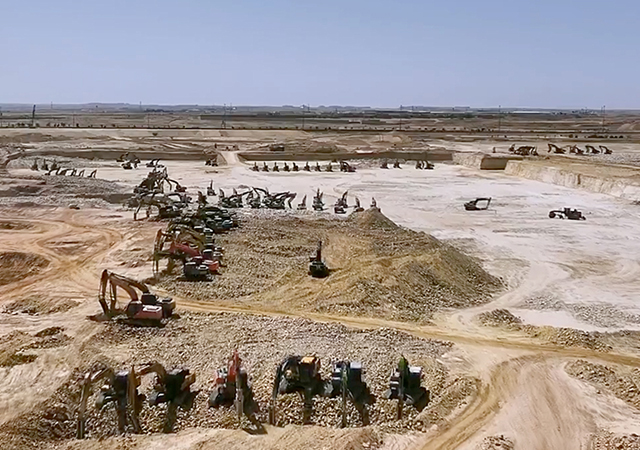






 BIG.jpg)
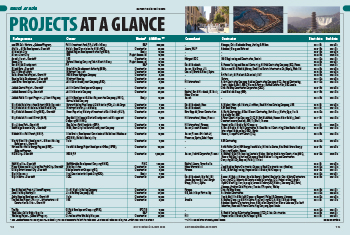
.jpg)


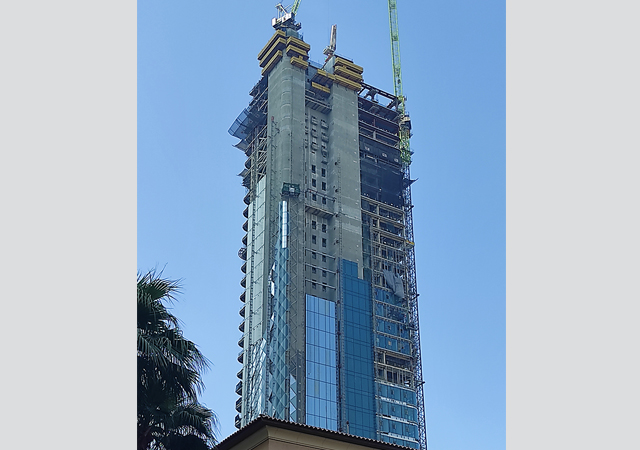

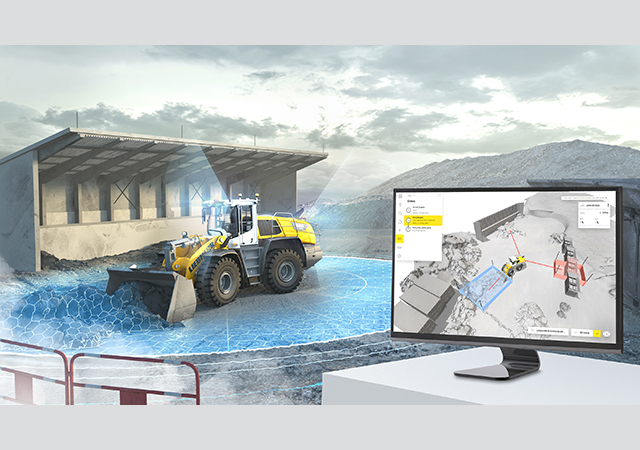
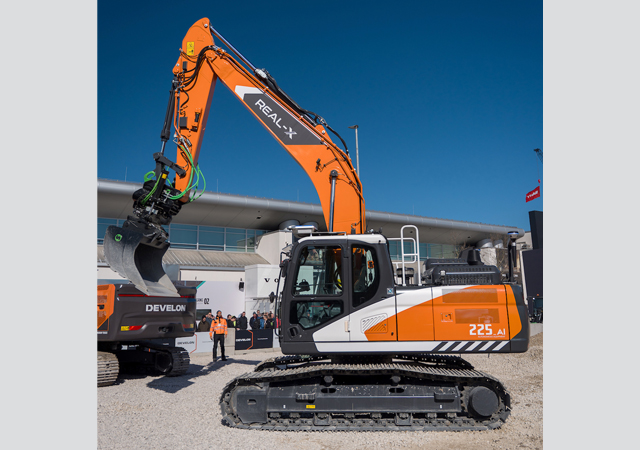




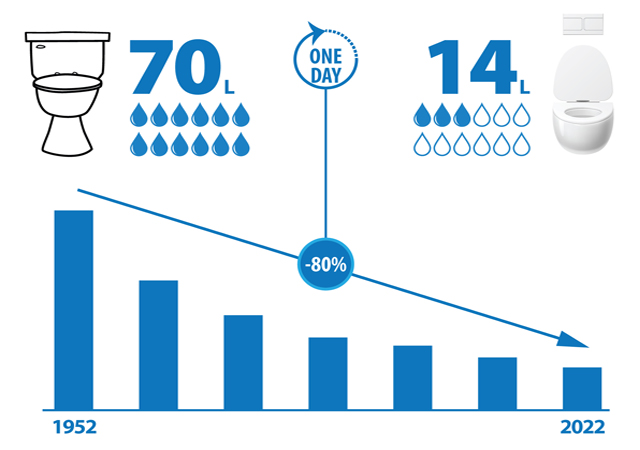







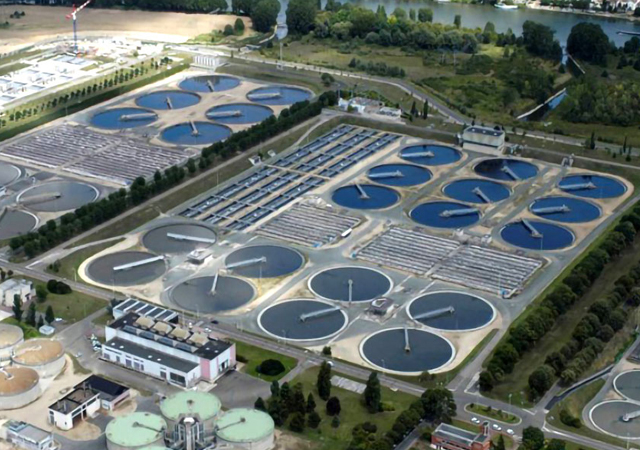


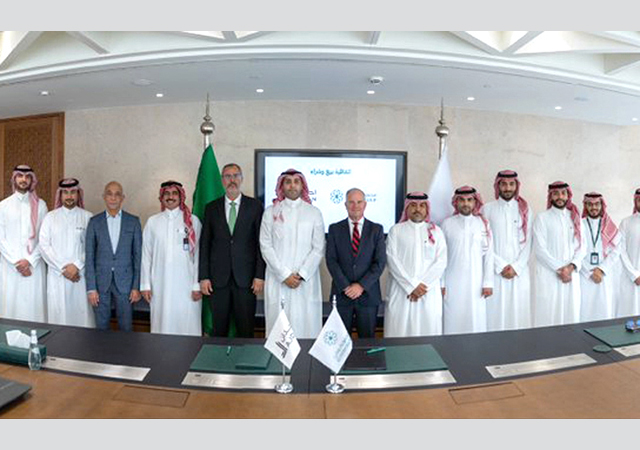



.jpg)




